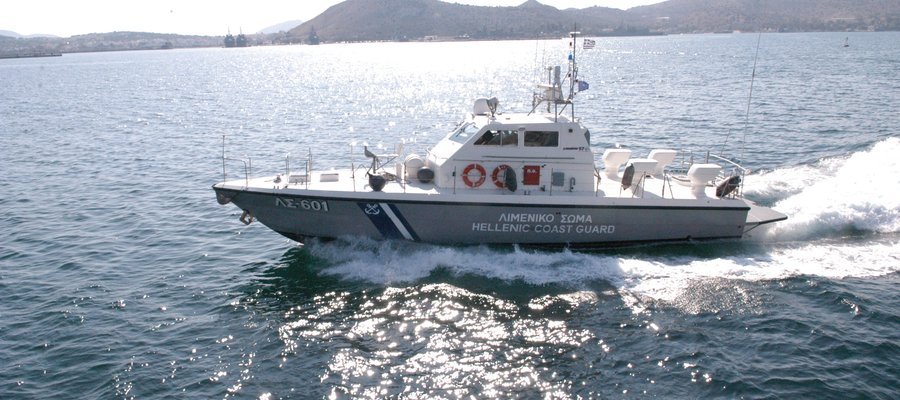Over 500 migrants have been rescued off the southern Greek island of Crete in recent days, signalling a major shift in Mediterranean migration routes and placing new pressure on Greece’s already strained asylum system. According to a statement released on May 25 by the Hellenic Coast Guard, the rescued individuals had attempted the dangerous sea crossing from Libya, with some vessels carrying dozens of people in unsafe, overcrowded conditions.
On Saturday alone, about 280 people—including 13 minors—were saved from five shipwrecks. Most of the survivors were men who reportedly paid up to $4,000 for the journey. A 24-year-old Sudanese man suspected of being involved in smuggling operations was arrested and is now facing prosecution under Greece’s strict anti-smuggling laws.
The total number of migrants reaching Crete since Thursday has reached 543. Many of them began their journey in Tobruk, Libya, a port approximately 180 nautical miles from Crete. This route has now become one of the most dangerous in the Mediterranean. Human rights group Refugee Support Aegean (RSA) has raised concerns that these boats are often not seaworthy, lacking essential supplies such as food, water, and life vests. Migrants can spend up to two days adrift without any help.
The situation echoes past tragedies, such as the December 13, 2024, incident where a boat sank near Gavdos Island, south of Crete. That disaster left at least eight people dead and over 35 others, including children, still missing. Only 39 people were rescued, many of whom required medical attention.
The growing number of arrivals suggests that Crete is replacing other Greek islands as a major landing point. The Union of Water Police Officers in Crete estimates that over 5,100 migrants arrived on the island throughout 2024. Already in 2025, more than 4,000 have reached its shores, and this figure is expected to climb during the summer months due to calmer seas.
The UNHCR reports that as of May 18, a total of 11,305 migrants had arrived in Greece by sea this year, with Crete alone receiving nearly a third of those (3,471). Thousands more are believed to be waiting in Tobruk, hoping for a chance to make the perilous trip.
Under current EU asylum rules, refugees must apply for asylum in the first member state they enter. This policy has placed a heavy burden on countries like Greece and Italy. The Greek government continues to demand fairer refugee-sharing arrangements among EU nations and is resisting efforts by Germany to return asylum seekers to Greece after they have already received protection there.
At the same time, the memory of past failures remains fresh. Seventeen members of the Greek coast guard now face criminal charges linked to the June 2023 sinking of the Adriana trawler off the coast of Pylos. The vessel was carrying over 750 people; only 104 survived. According to human rights groups, Greek officials delayed rescue efforts even after receiving urgent alerts from Frontex and Alarm Phone.
The charges target high-ranking coast guard officials, including the captain and top maritime safety officers. Survivors and their families have filed a class-action lawsuit, accusing authorities of negligence that contributed to one of the deadliest migrant tragedies in the Mediterranean.
Why is Crete seeing more migrant arrivals now?
Crete’s location makes it a closer and calmer alternative for those departing from Libya. As traditional routes become more heavily patrolled or dangerous, traffickers are steering boats toward southern Greece.
What does this mean for Greece?
The rise in arrivals puts more pressure on Greece’s resources and infrastructure, while also reviving calls for more equitable asylum policies across the EU.

